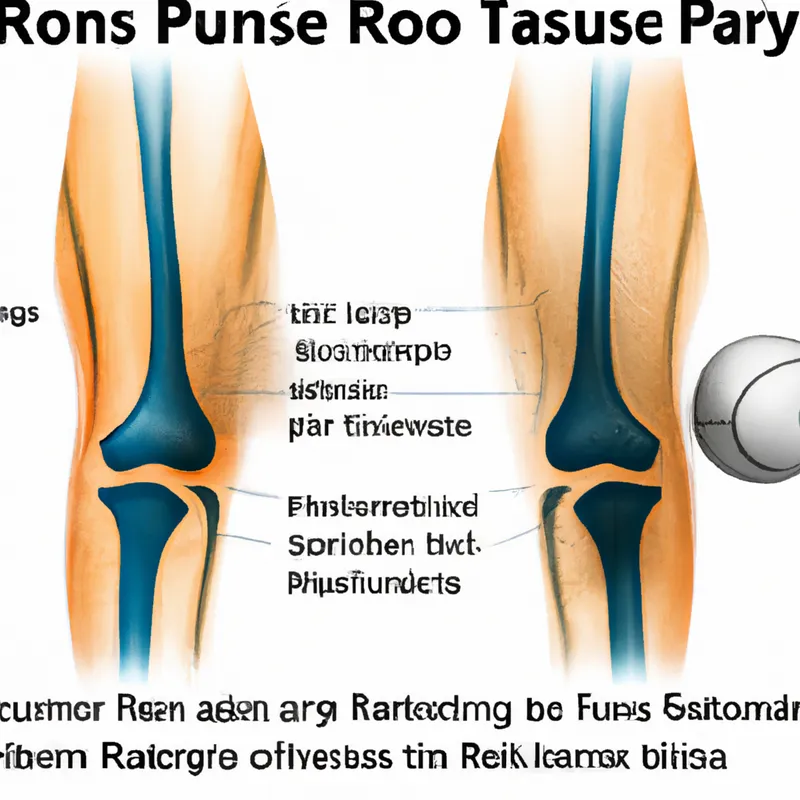Rebuild Strength After ACL Surgery Efficiently
Return-to-Play for Specific Injuries: ACL Tears
Athletes face a critical journey when returning to play after an ACL tear. The ACL stabilizes the knee joint, and a tear can sideline players for months. However, with a structured rehabilitation plan, athletes can return safely to their sport. This blog provides essential tips for a successful return, emphasizing injury understanding, rehabilitation, psychological readiness, and gradual reintegration.
Understanding ACL Tears
The ACL maintains knee stability. High-impact activities, sudden stops, jumps, or direction changes often cause tears. Sports like soccer, basketball, football, and skiing frequently see ACL injuries. Treating an ACL tear usually requires surgery and rehabilitation, depending on injury severity.
Recovery can take six months to a year. Factors influencing recovery include tear severity, treatment method, and the athlete’s overall health. Athletes must understand the recovery process to set realistic goals and maintain motivation.
Stages of Recovery
Recovery from an ACL tear consists of several stages:
1. **Initial Recovery**: Focus on reducing swelling and pain. This phase includes rest, ice, compression, and elevation to manage inflammation. Follow medical advice to create a proper healing environment.
2. **Rehabilitation**: After swelling subsides, rehabilitation begins. This phase emphasizes restoring range of motion and strength through physical therapy. A physical therapist guides athletes through exercises to rebuild muscle strength and overall stability.
3. **Functional Training**: Once athletes regain strength and mobility, they can incorporate sport-specific drills. Functional training replicates sport demands, focusing on skills essential for performance, such as agility, balance, and coordination.
4. **Return-to-Play Assessment**: A qualified professional should assess an athlete’s readiness before returning to play. This assessment includes strength tests, range of motion evaluations, and agility drills to ensure a safe return.
Physical Therapy Tips
Physical therapy plays a vital role in ACL recovery. Here are effective tips for enhancing rehabilitation:
– **Follow a Structured Program**: Work with a physical therapist to create a personalized rehabilitation plan. This program should prioritize flexibility, strength, and balance based on the athlete’s needs.
– **Incorporate Strength Training**: Strengthen the muscles around the knee, particularly the hamstrings.
Conclusion
In summary, athletes can successfully return to play after an ACL tear by understanding their injury and following a structured rehabilitation program.
Below are related products based on this post:
FAQ
What are the common causes of ACL tears in athletes?
ACL tears commonly occur during high-impact activities such as soccer, basketball, football, and skiing. They are often caused by sudden stops, jumps, or changes in direction, which put immense strain on the knee joint.
How long does it typically take to recover from an ACL tear?
Recovery from an ACL tear can take anywhere from six months to a year, depending on factors such as the severity of the tear, the treatment method used, and the athlete’s overall health and dedication to rehabilitation.
What should athletes focus on during their rehabilitation process?
Athletes should focus on a structured rehabilitation program that emphasizes reducing swelling and pain, restoring range of motion and strength, and incorporating functional training with sport-specific drills. Working closely with a physical therapist is crucial for achieving these goals effectively.















Post Comment